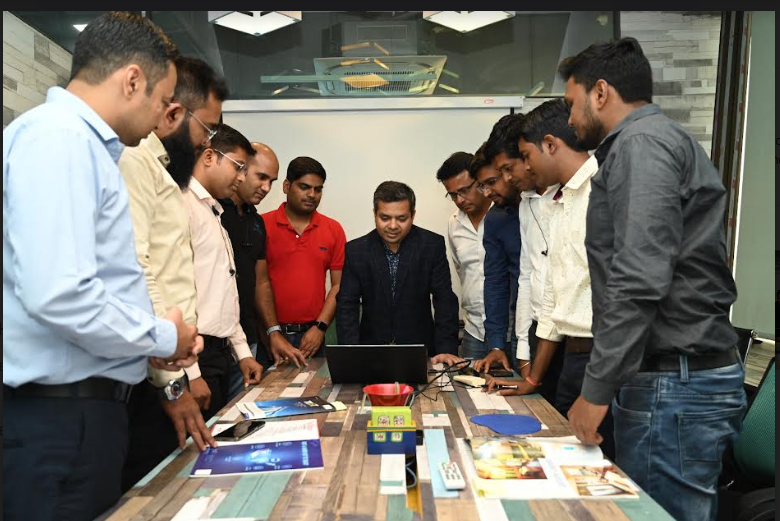
Subjective evaluation has become essential in many fields and most importantly education. In India, where technology is transforming every industry, including education, ensuring impartiality and precision in evaluating remains a significant challenge. Biases and inconsistencies can jeopardize the integration of evaluation procedures, as well as the lack of standard operating procedures, resulting in unfair outcomes. This paper investigates key questions about subjective evaluation and proposes digital tactics and methods to improve accuracy and fairness. Technology can be used to reduce biases, optimize workflows, and create a more reliable structure for subjective evaluations, resulting in fair and uniform evaluations.
The Challenges of Subjective Evaluation: Subjective evaluations demand tricky judgment, making it difficult for teachers to deal with the particulars of each student’s unique expressions and thought processes. Bias, exhaustion, and inconsistent grading practices can compromise the validity of the Evaluation procedure. Handwriting a lot of assignments by hand creates challenges with organization that cause feedback and results to be distributed slowly.
Digital Strategies: A Paradigm Shift: Digital evaluation systems bring in a new era of objective and efficient grading in subjective assessments. These systems use advanced algorithms and machine learning capabilities to compare student responses to predefined criteria, which ensures consistency and reduces human error. Such technologies not only accelerate the grading process but also provide actionable insights, allowing educators to quickly identify areas of strength and improvement..
Techniques for Enhancing Fairness and Accuracy
1. Automated Scoring Engines: Automated scoring engines use natural language processing (NLP) to evaluate written responses based on grammar, syntax, and content relevance. While they cannot entirely replace human judgment, they are useful tools, particularly for preliminary evaluations, allowing educators to concentrate on more in-depth analytical evaluations.
2. Rubric-Based Evaluations: Clear and well-defined rubrics ensure consistent grading by outlining students’ expectations and evaluation criteria. Digital platforms make it easier to integrate and customize rubrics, resulting in better alignment of grading and learning objectives.
3. Anonymized Grading: Digital evaluation systems allow for anonymous grading, which reduces unconscious bias and promotes fairness. By concealing student identities during the evaluation process, educators can focus solely on the quality of responses, creating an equitable assessment environment.
4. Feedback Mechanisms:Digital platforms have dynamic feedback mechanisms that allow educators to leave personalized comments and suggestions on student assignments. Real-time feedback promotes continuous learning by assisting students in identifying their strengths and areas for improvement.
Implementation of Digital Evaluation in Education
Digital evaluation systems are being implemented in a wide range of educational settings across India. These systems can run in a variety of formats:
Online Exams and Assignments: Students submit their essays or responses directly to a computer or online platform. This method ensures that all submissions are in digital format, which is easier for automated systems to analyze and grade.
AI Evaluation: Advanced AI algorithms evaluate the submissions by comparing them to predefined criteria. While AI provides preliminary scoring, human educators review these scores to ensure comprehensive assessment. AI assists in reducing the workload and provides a consistent baseline for evaluations.
Blended Approaches: In some cases, a hybrid approach is used where initial grading is done by AI, and detailed evaluations are carried out by educators. This combination leverages the speed and consistency of AI with the nuanced understanding of human evaluators.
As Mr. Manish Mohta, Founder and Director of Learning Spiral:
The education sector is rapidly adopting digital strategies and techniques for subjective evaluation. Embracing technological advancements enables educators to overcome traditional grading limitations while maintaining fairness, accuracy, and transparency. By implementing digital evaluation systems, we can establish an assessment paradigm that values diversity, promotes continuous improvement, and, ultimately, propels educational excellence forward. The incorporation of technology into subjective evaluations is not only a possibility, but a requirement for the future of education in India.

